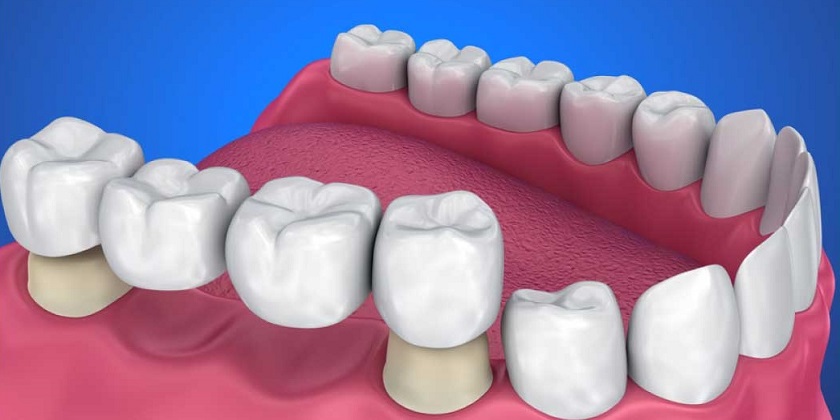- Home
- Ceramic Veneers/Crowns

Types of All-Ceramic Crowns
Dental crowns are a very popular choice for dental restorations. With new developments, dentists and patients have a variety of ceramic materials to choose from to get a stronger, more reliable, and more aesthetically-pleasing crown than ever before.
Leucite Reinforced Pressable Porcelain Crowns
These crowns were originally introduced 15 years ago. The IPS Empress pressable crowns have a flexural strength of 160MPa and have proven to be a durable option while providing excellent aesthetics, allowing clinicians to create restorations that closely replicate natural teeth. IPS Empress crowns have a high translucency. This helps them to transmit the shade from adjacent teeth, making it possible to get an exact shade match even for difficult cases.
Lithium Disilicate Porcelain Crowns
This type of crown is made from biocompatible lithium disilicate ceramic glass ingots. IPS e.max crowns have the quality of being resilient to fracturing, with a flexural strength of 400MPa – three times stronger than Empress. These crowns can either be pressed or milled to offer good fit as well as function. They make it possible to create full-contour restorations or to layer enamel porcelain using IPS e.max Ceram, which is a comprehensive layering ceramic that provides highly aesthetic results.
Solid or Monolithic Zirconia
Solid or monolithic full-contour zirconia crowns are highly effective for use with posterior restorations as they are extremely strong, with a flexural strength of 1200MPa. CAD/CAM-fabricated crowns provide a very precise fit and are virtually unbreakable. The shades of this type of crown have improved considerably over time, and they can now closely match neighboring teeth when placed. Because of the smoothness of their surface and high durability, this type of crown can be a good choice for patients who have bruxism. If any occlusal corrections are needed during the fitting, monolithic zirconia can easily be polished using conventional low-speed polishing materials. Conventional PFMs can have issues with opaque showing through when adjusted, but this is not a problem with monolithic zirconia as the shade is the same throughout the crown.
High Translucent Zirconia
High translucent zirconia can be used for posterior crowns and is particularly suitable for anterior crowns. It has a flexural strength between 590 and 720 MPa and offers lifelike translucency. This material is highly biocompatible, promoting a healthy response with the surrounding tissue. It also offers good aesthetics as it transmits the color of adjacent teeth once placed in the mouth, thus blending in well with natural teeth. High-translucent zirconia can be used in monolithic restorations or can be layered. The way in which the material is processed creates its effect in translucency, minimizing the effects of impurities and structural defects.


